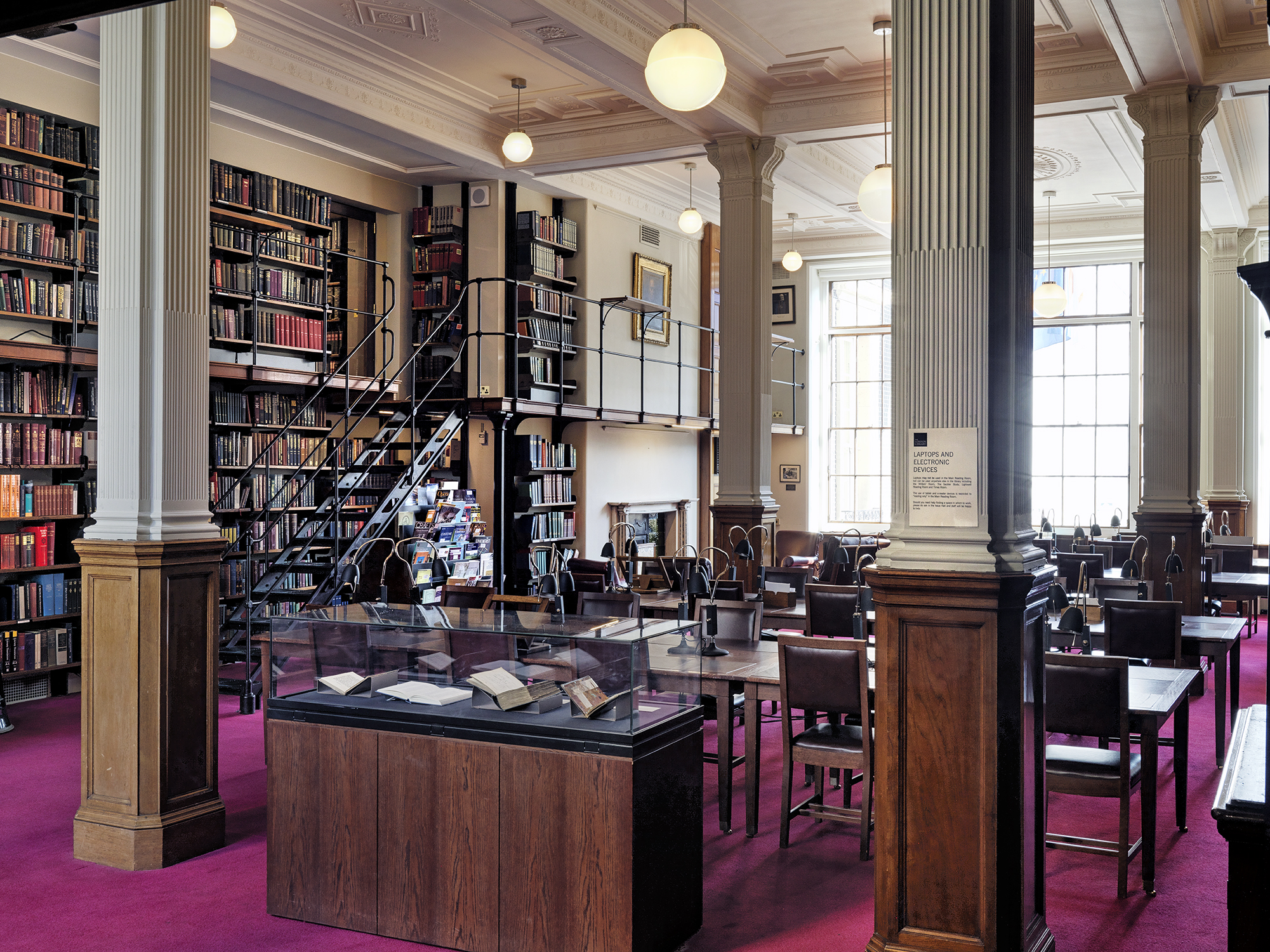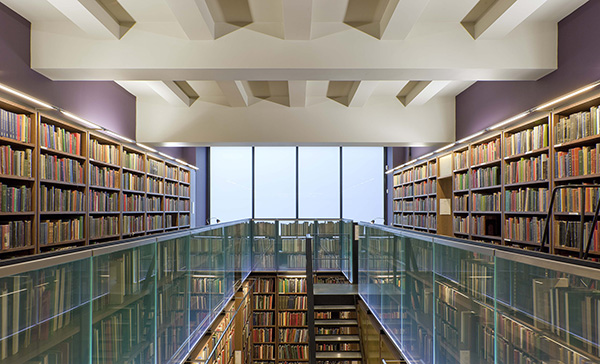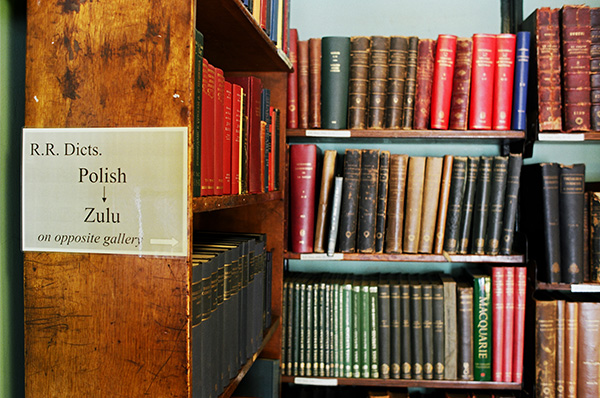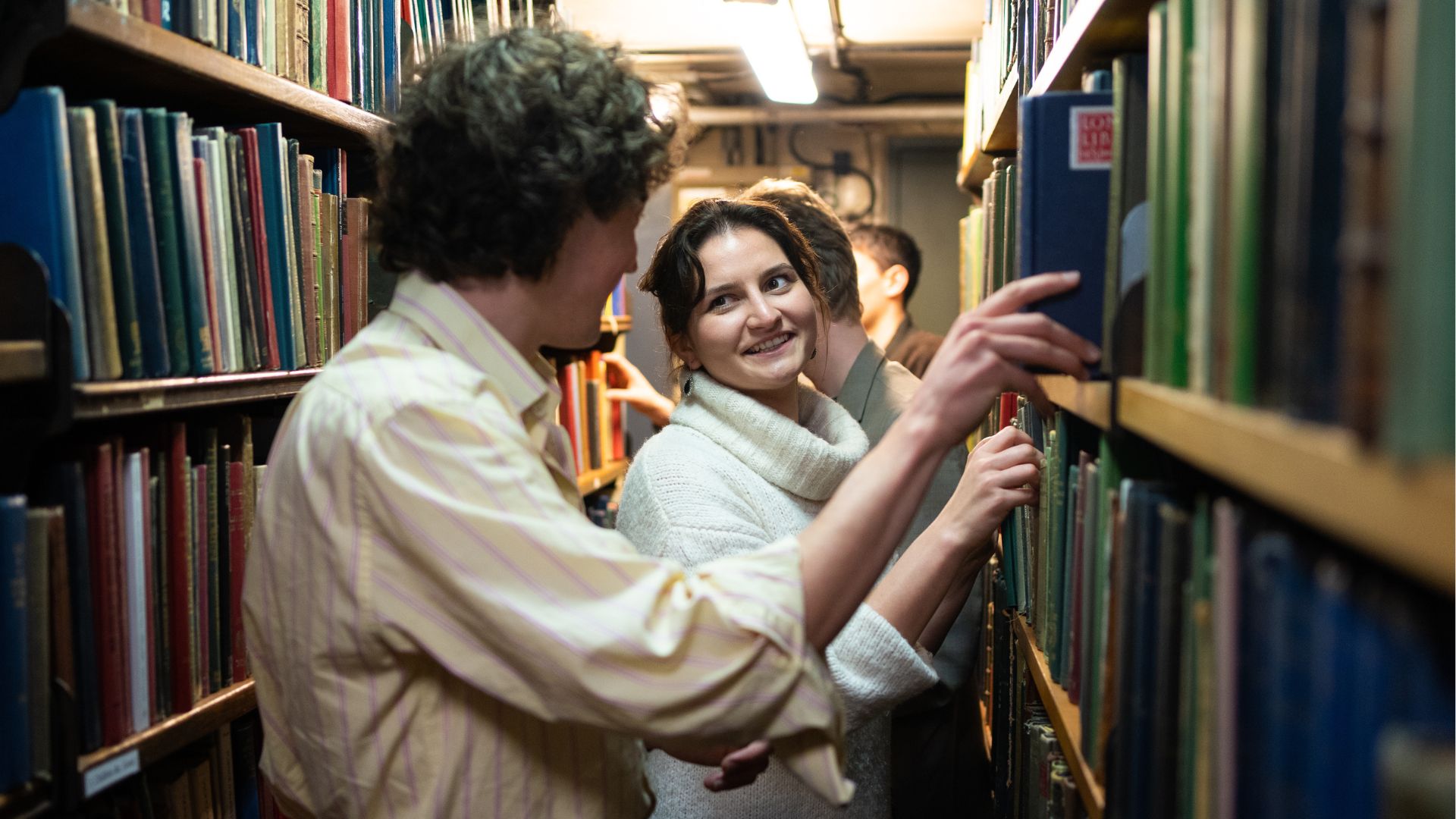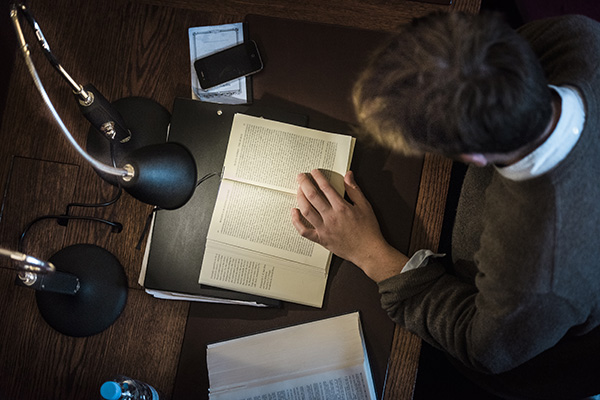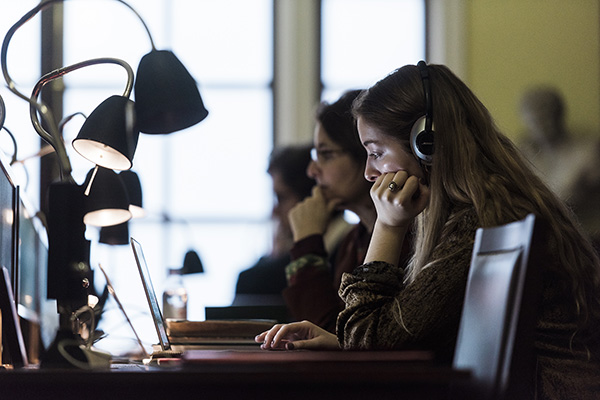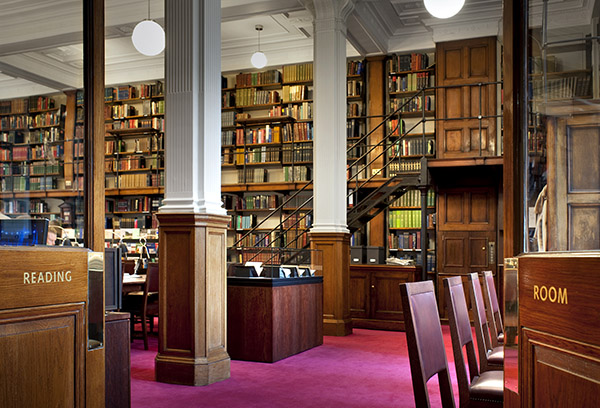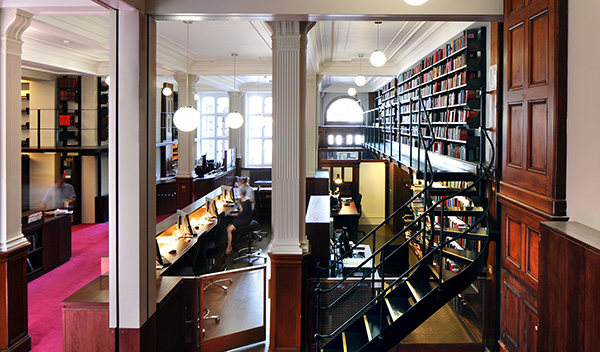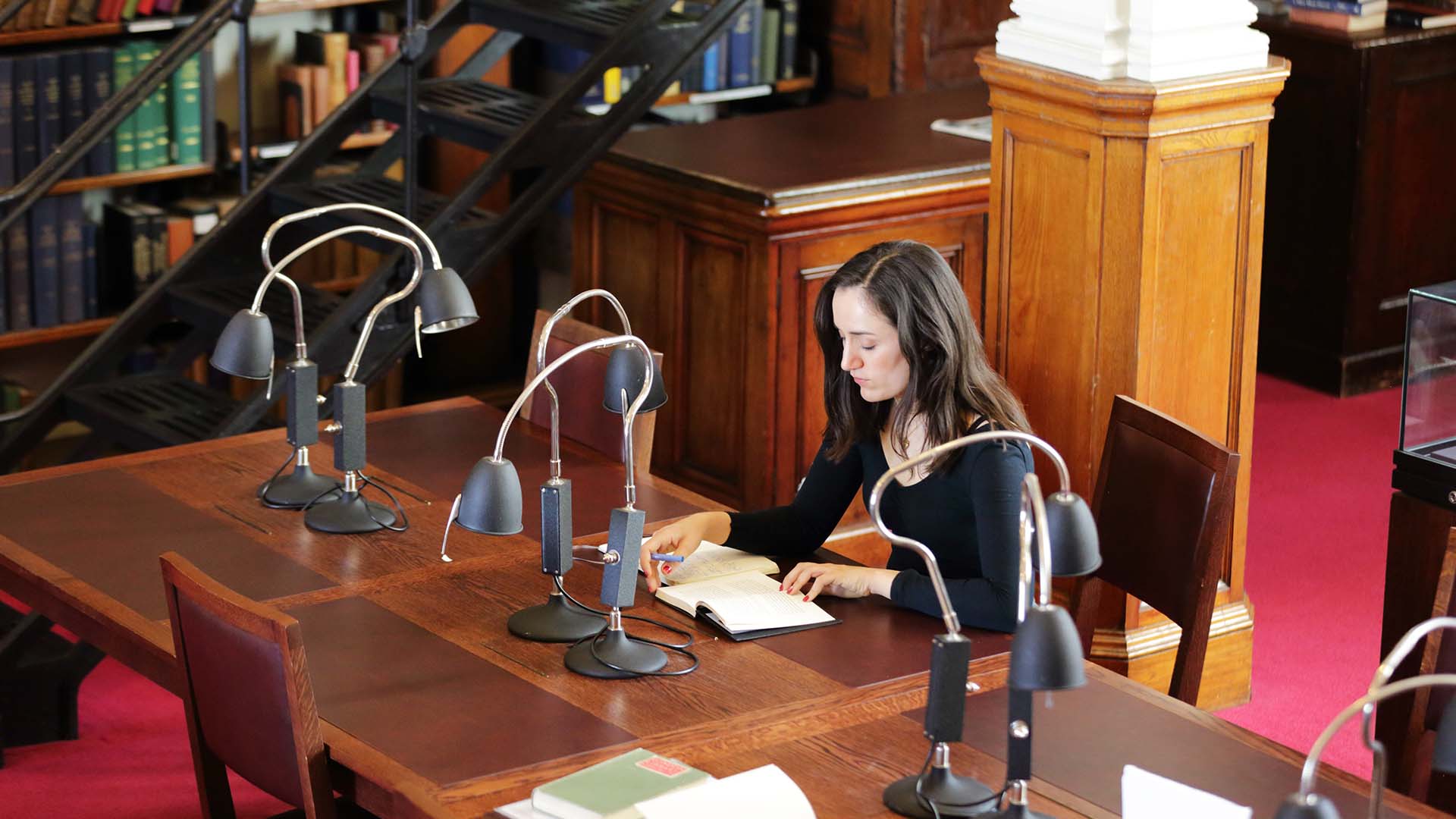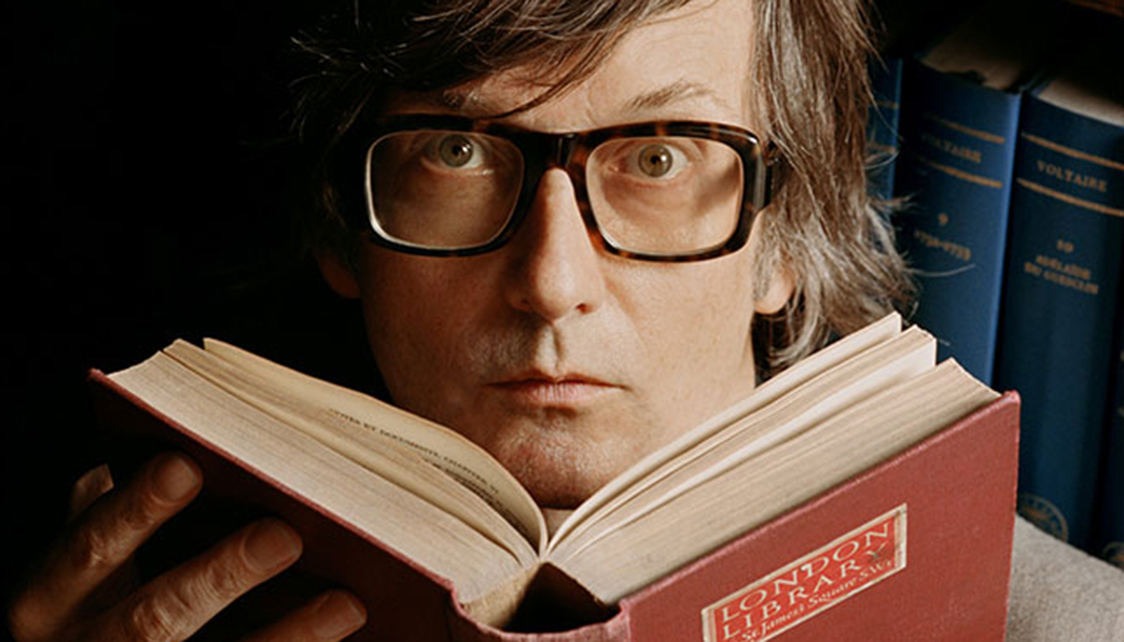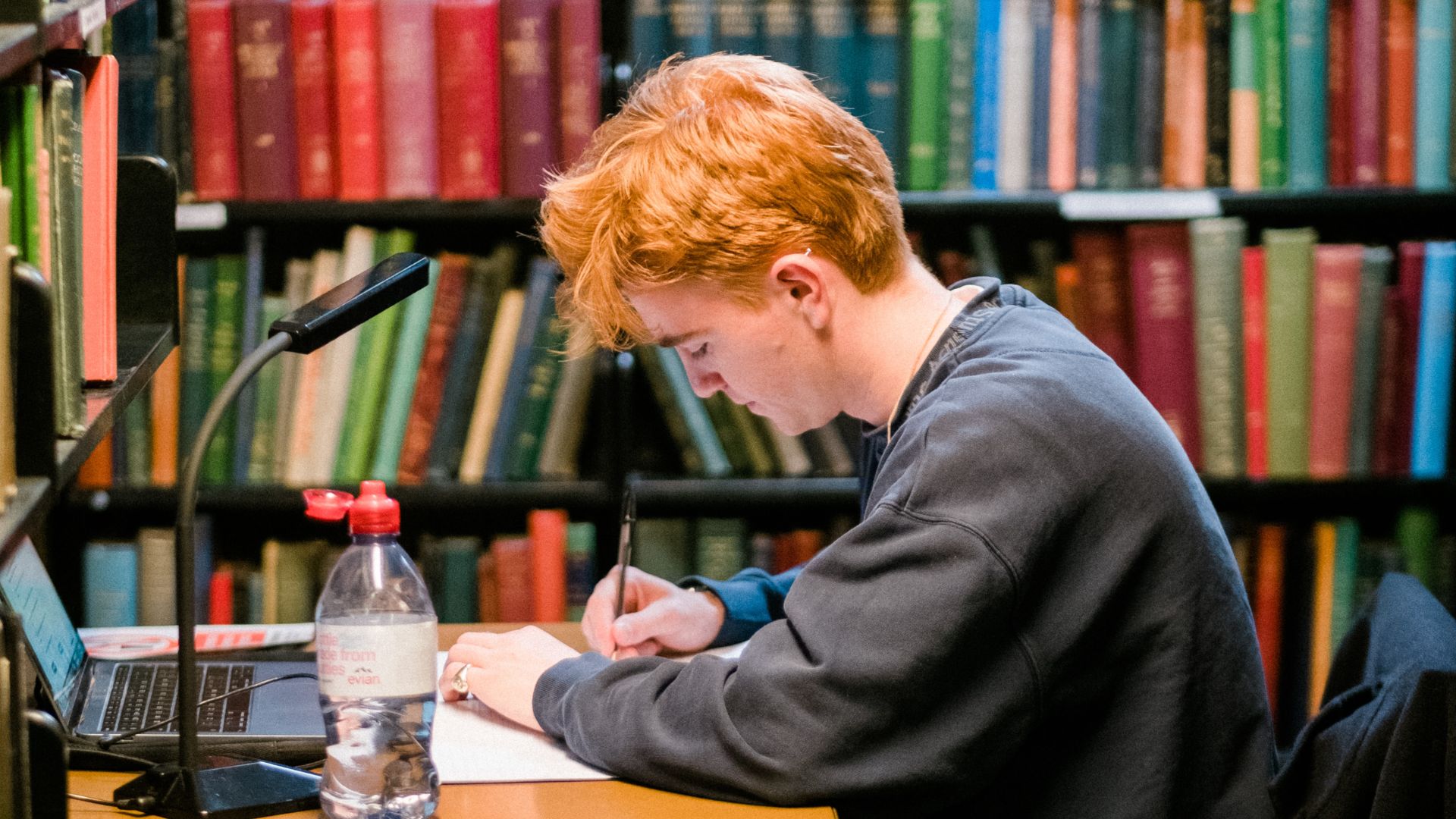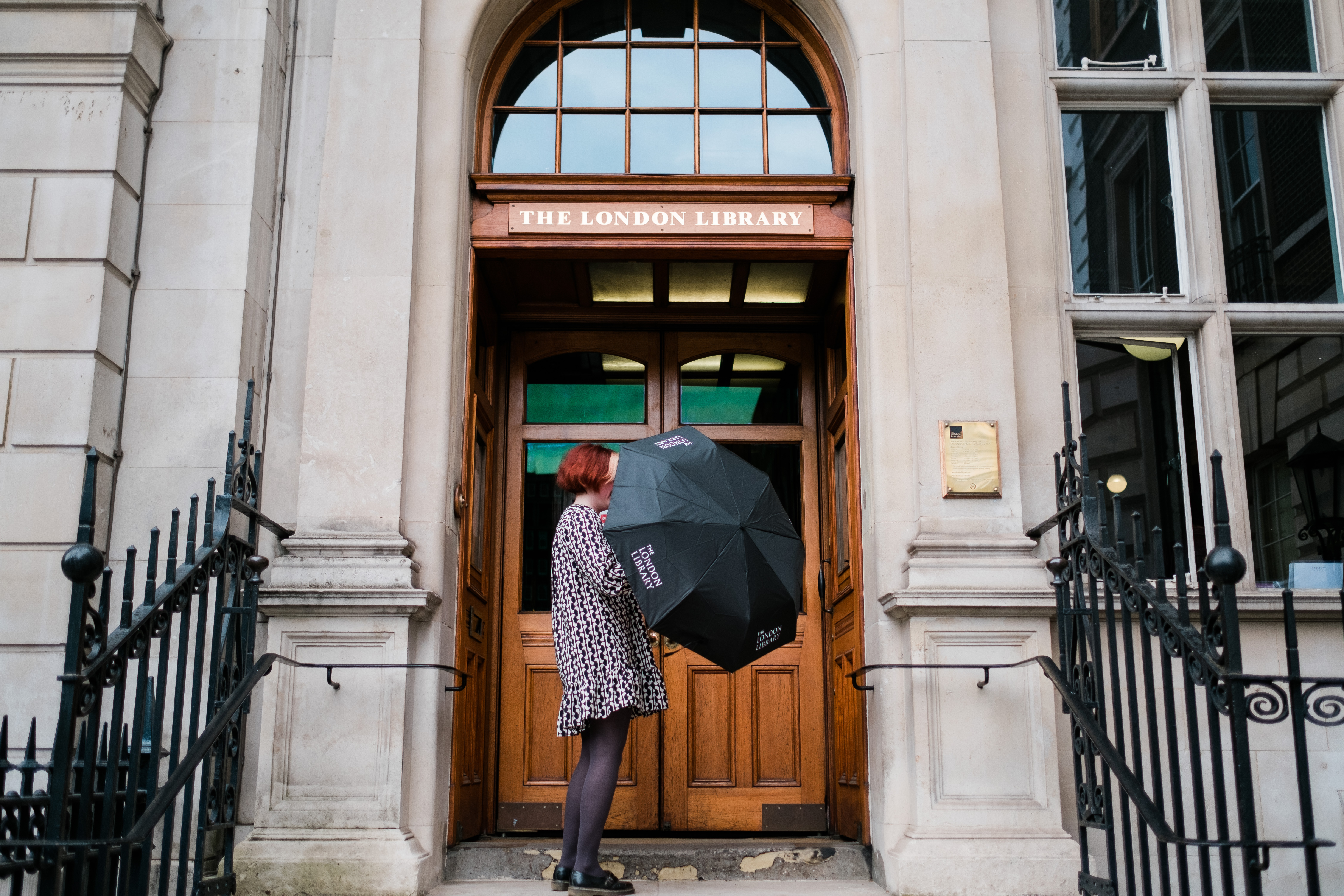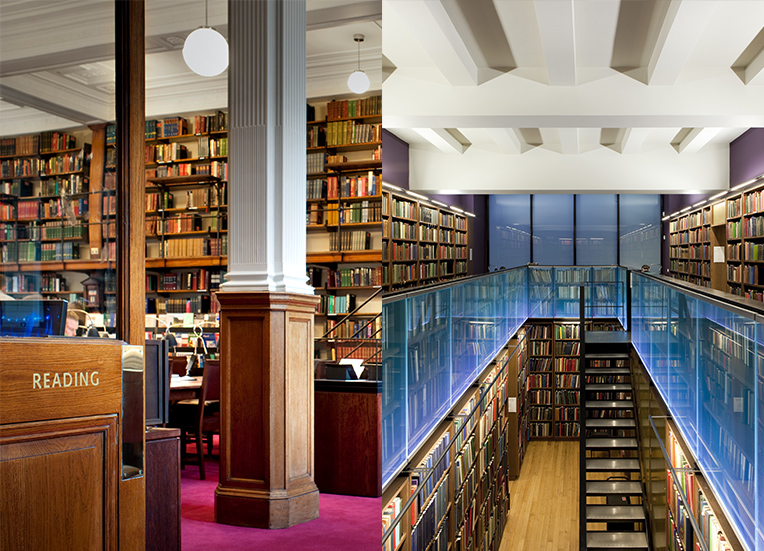Anglo-Finnish Society donates over 100 books to The London Library to mark centenary of Finnish independence
The London Library was delighted to welcome the Anglo-Finnish Society and guests last night to start the year-long celebrations taking place during 2017 to commemorate the centenary of Finnish Independence.
 Attended by Päivi Luostarinen, Finland’s Ambassador to the UK, this was the first official UK event in the Finland 100 programme (Suomi Finland 100) that will culminate on Finland Day, 6th December 2017 - the 100th anniversary of independence.
Attended by Päivi Luostarinen, Finland’s Ambassador to the UK, this was the first official UK event in the Finland 100 programme (Suomi Finland 100) that will culminate on Finland Day, 6th December 2017 - the 100th anniversary of independence.
At the heart of last night’s event was the donation of an important collection of over 100 contemporary Finnish books that has been made to the Library through the Anglo-Finnish Society. The donation recognises the Library’s historical importance as a home of European and international literature (its shelves carry thousands of books in 25 different languages) and is an important modern addition to its existing Finnish collection, which includes the first New Testament printed in Finnish (dating from 1548), of which only 70 copies were ever made.
The Library built up its Finnish collection up to the Second World War, but its development since had been much more sporadic. The donation of over 100 new books through the Anglo-Finnish Society brings the collection up to date and its impressive range is a fitting reminder of the vibrancy of Finnish cultural life.
Over recent weeks, the new Finnish books have been catalogued and bound, and marked with the Library’s striking 175th anniversary labels. Featuring a wide range of topics - including Finnish Art, Architecture, History, Fiction and Topography – the books will shortly be available on the Library’s shelves for borrowing. Each carries an acknowledgement of Suomi 100 on the inside cover and a list at the back of the benefactors involved.*
Following a fascinating talk on Finland by Professor Henrik Meinander, an opening address by Sir Paul Lever, President of the Anglo-Finnish Society the collection was formally handed to Inez Lynn, Librarian at The London Library. Inez Lynn commented “We are extremely grateful to the Anglo-Finnish Society and the generous donors who have made this important gift possible. The new books are a wonderful showcase of Finnish culture and the opportunity to grow our Finnish collection is a lasting way of celebrating this centenary year.”

 Tessa Hadley was named as the winner of this year’s Hawthornden Prize at an award ceremony held at The London Library yesterday (5th July 2016)
Tessa Hadley was named as the winner of this year’s Hawthornden Prize at an award ceremony held at The London Library yesterday (5th July 2016)
Her award was presented by writer and Man Booker Prize winner Alan Hollinghurst (The Line of Beauty, The Stranger’s Child) who spoke warmly of Tessa’s contribution to fiction which has included 6 bestselling novels and a range of short stories.
The Hawthornden Prize was established in 1919 and shares the honour of being Britain’s oldest literary award. Previous winners have included Colm Tóibín, Ali Smith, Alan Bennett, Claire Tomalin, VS Naipaul, Ted Hughes, Graham Greene, Evelyn Waugh, and Vita Sackville-West.
The Hawthornden Prize is granted annually for a work published in the previous twelve months and this year’s award recognised Tessa’s most recent work – The Past – which was published in 2015.
Tessa Hadley has been awarded and nominated for a range of awards during her writing career and earlier this year was awarded the Windham–Campbell Literature Prize for fiction.
 As part of the Words In The Square 175th anniversary celebrations we were joined by Ned Beauman, Philippa Gregory, Deborah Levy, John O' Farrell, Nikesh Shukla and Sara Wheeler in a hugely entertaining "Desert Island Books" session chaired by Tom Sutcliffe.
As part of the Words In The Square 175th anniversary celebrations we were joined by Ned Beauman, Philippa Gregory, Deborah Levy, John O' Farrell, Nikesh Shukla and Sara Wheeler in a hugely entertaining "Desert Island Books" session chaired by Tom Sutcliffe.
During a fascinating hour the panel was asked to nominate books in different categories that they would take with them as castaways on a desert island.
The categories were:
My Favourite Childhood Read
The Book that Most Influenced Me
My Guilty Reading Pleasure
A Former Favourite I Won't Be Bringing to the Desert Island
An audience vote then picked the following category winners:
- Favourite Childhood Read: “The Secret Garden” by Frances Hodgson-Burnett (nominated by Deborah Levy)
- The Book That Most Influenced Me: “A Room of One’s Own” – Virginia Woolf (nominated by Philippa Gregory)
- Guilty Pleasure: “These Old Shades” by Georgette Heyer (nominated by Philippa Gregory)
- Former Favourite: “Gone with the Wind” by Margaret Mitchell (nominated by Philippa Gregory); joint winner with “1984” by George Orwell (nominated by John O'Farrell)
Recommended Recent Reads
Each member of the panel also selected their recent book recommendations:
- “Family Life” by Akhil Sharma (chosen by Nikesh Shukla)
- “Preparation for the Next Life” by Atticus Lish (chosen by Ned Beauman)
- “Simple Gifts” by Joanne Greenberg (chosen by Philippa Gregory)
- “Beautiful Ruins” by Jess Walter (chosen by John O’Farrell)
- “The Lure of The North” by The London Library/Pushkin Press (chosen by Sara Wheeler)
- “Outline" by Rachel Cusk (chosen by Deborah Levy)
 The 5th of December 1898 has a special place among lovers of the printed word as the day when The London Library first unveiled the amazing building in St James’s Square that we recognise today.
The 5th of December 1898 has a special place among lovers of the printed word as the day when The London Library first unveiled the amazing building in St James’s Square that we recognise today.
The Library (which was founded in 1841) had already been in existence for over 50 years, but it had long outgrown the unappealing Georgian freehold it occupied in St James’s Square and during the 1890s it had successfully raised money for a complete rebuild.
Overseen by President Sir Leslie Stephen (Virginia Woolf’s father) and by Charles Hagberg Wright, the Library’s Secretary and Librarian, work began in 1895 and within three years had seen “the worst house in the square” transformed into the striking building the Library occupies today, with its Portland stone façade (developed as a result of a special fundraising drive), spacious Issue Hall, elegant Reading Room and beloved iron grille floor bookstacks.
The design was the brainchild of architect James Osborne Smith and involved the construction of one of the first steel framed buildings  in London. In its cutting edge bookstacks it utilised the latest thinking about the use of steel flooring to achieve the optimum combination of space-saving and strength. The grille floor design was also implemented to aid ventilation – an aspiration which any contemporary user of the Backstacks can testify has not been realised!
in London. In its cutting edge bookstacks it utilised the latest thinking about the use of steel flooring to achieve the optimum combination of space-saving and strength. The grille floor design was also implemented to aid ventilation – an aspiration which any contemporary user of the Backstacks can testify has not been realised!
Work continued intensively for three years and Leslie Stephen – an early pioneer of Alpine mountain climbing - could regularly be found clambering up the scaffolding to monitor progress.
The opening ceremony was held in the new Reading Room on 5th December 1898. Among the attendees were The Bishop of London; Lord Wolseley (the Commander-in-Chief); Irish historian and political theorist Mr Lecky MP; and the Liberal statesman Robert Crewe-Milnes, 1st Earl of Crewe. Sir Leslie emphasised that the project “was not undertaken from any desire for bricks and mortar, nor with the view of adding to the beauties of London. It was undertaken because of dire necessity”. Quite simply, with a collection approaching 200,000 volumes, the Library had outgrown its premises and “it was necessary to either build or burst”.
 The new building immediately caught the public’s imagination. The Times reported that “The reading room which is some 50ft long and excellently lighted, is one of the finest of its kind in London, and the book exchange on the ground floor offers abundant room even for the rush of borrowers on a busy Saturday afternoon.… The iron book stacks, as American librarians call them …are planned to hold the largest possible number of volumes in the available space”.
The new building immediately caught the public’s imagination. The Times reported that “The reading room which is some 50ft long and excellently lighted, is one of the finest of its kind in London, and the book exchange on the ground floor offers abundant room even for the rush of borrowers on a busy Saturday afternoon.… The iron book stacks, as American librarians call them …are planned to hold the largest possible number of volumes in the available space”.
The Times also praised the new classification system which “reflected great credit on the librarian, Mr Hagberg Wright who has  carried it through”.
carried it through”.
They concluded: “The transformation is … far more satisfactory than could have been expected. The books, which formerly crammed passages, garrets, and pantries, have now found proper shelf-room in accessible places; the latest methods of arrangement approved by the Library Association have been put in practice; everything is readily under the reader’s hand; the reading room is excellent; and in a word, the London Library is properly housed”.
After three years of hard work – during which, remarkably, the Library closed its doors to members for just three weeks - Sir Leslie Stephen reported with evident relief that they were now emerging from the chaos that had surrounded them for the last few years and he felt sure the public would appreciate the convenience of the new building.
But one person missed out on the accolades. The architect James Osborne Smith did not feature at the opening ceremony and his contribution in developing one of the best-loved libraries in the world was overlooked. Something current users may reflect on as they continue to enjoy the unique building that he designed and that remains strikingly unchanged from the day it was first opened over a century ago.

